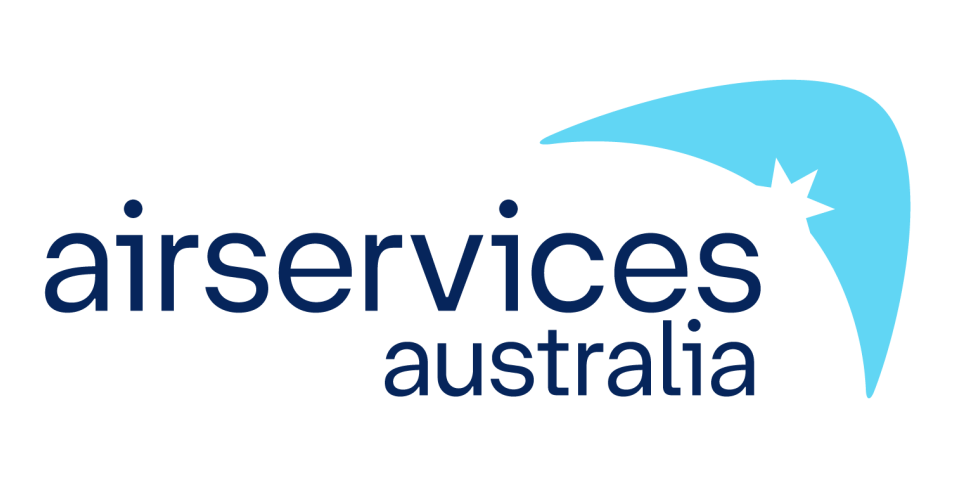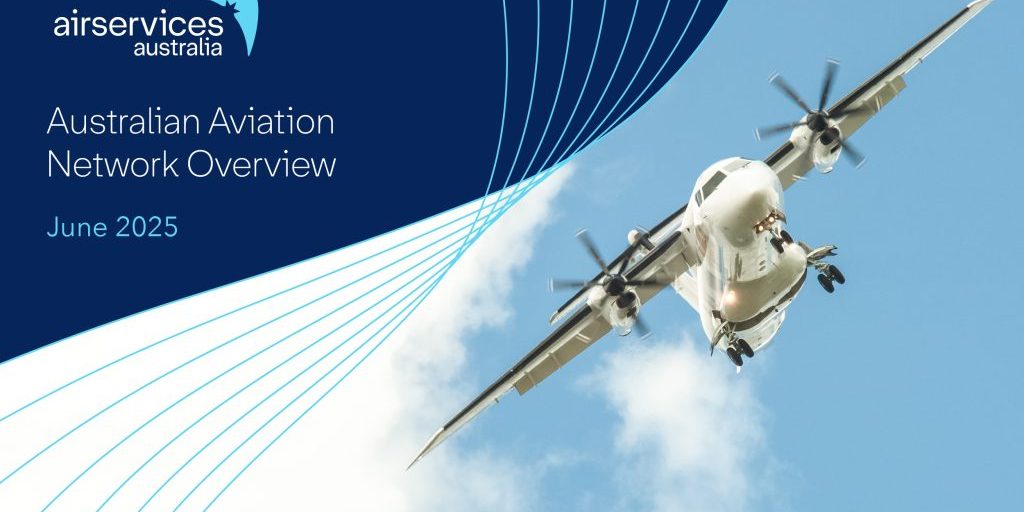Airservices response attributed to Jason Harfield, Airservices CEO
Any suggestion that Airservices is compromising on safety is totally incorrect and refused. There is no risk to the travelling public.
It is important to note that throughout the Accelerate Program there has been extensive union and employee consultation. Airservices takes feedback from our staff very seriously.
How staff were able to provide feedback
Consultation with staff took place over a five week period on the make-up of the new team designs, including several ‘townhalls’ style meetings with executive managers in the major centres for staff to ask questions.
Staff were also given the opportunity to submit queries or feedback directly through their managers or via email. The Airservices ethics hotline is available for staff as well as a dedicated safety reporting system that can be accessed through the organisations intranet.
Almost 2000 queries or feedback were received from staff, which were considered and responded to, in the final team designs.
The role of the NOC
The questions put forward by the ABC misrepresent the role of Airservices National Operations Centre. The NOC is a point of liaison between air traffic control, airline and the airports for traffic demand and capacity issues. The NOC provides updated weather information from the Bureau of Meteorology to help airlines with scheduling issuing 24 hours prior. The NOC does not directly engage with aircraft.
As part of our broader business changes, this unit has been streamlined and work patterns have changed because we can provide this service more efficiently, while ensuring the safety of our operations. The change involves shifting from a dual/duplicated supervisor model to one where all supervision tasks are performed by a single point of authority.
How we are transforming Airservices
Airservices provides services that safely move more than 150 million passengers on more than four million flights every year.
Airservices is safely restructuring to deliver more effective services to our customers by focussing on our core air traffic control and aviation rescue fire fighting services.
These changes do not effect or involve operational and rostered air traffic controllers and aviation rescue fire fighters, in fact they are quarantined from these changes.
Throughout the life of the Accelerate Program information and changes have been oversighted by the Civil Aviation Safety Authority.
Airservices has and will continue to work through a detailed and rigorous process which sees every VR application, or IVR consideration, assessed individually to determine any potential impact on the safety of our operations.
The staff headcount at the end of 2016 was 3691 employees, a net reduction of 705 people over the course of the calendar year comprised of 922 employee exits and the recruitment of 217 employees as we started bringing necessary new skills and experience into the business.
Airservices began providing information regarding the transformation to the regulator from May 2016. This included Airservices new operating model, a formal Safety Plan which detailed the overall safety management activities in support of the Accelerate Program and providing routine updates to the regulator via face to face briefings, phone and email as the program moved through each phase.
Safety cases
Importantly Airservices is working through a detailed and thorough process to reduce the size of our business and ensure the safety of our operations is maintained as we continue to deliver our important services to our customers.
Safety has been assured by a rigorous and thorough process, delivered in line with the Program timelines. All ‘risk assessments or safety assurances’ have been conducted in adherence with these pre-determined timelines, as shown in the attached document.
Any suggestions that the assessments were impacted by Senate Estimates is totally incorrect as shown in the pre-determined timelines (attached) and in the CEO’s testimony in the Hansard from that Estimates hearing.



